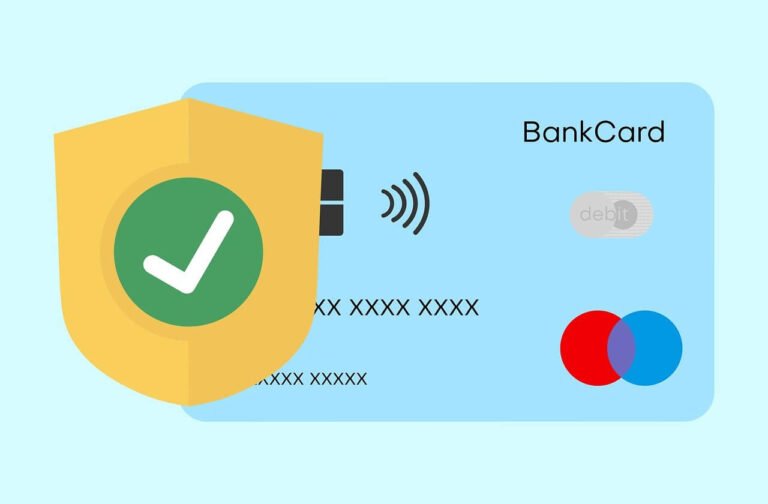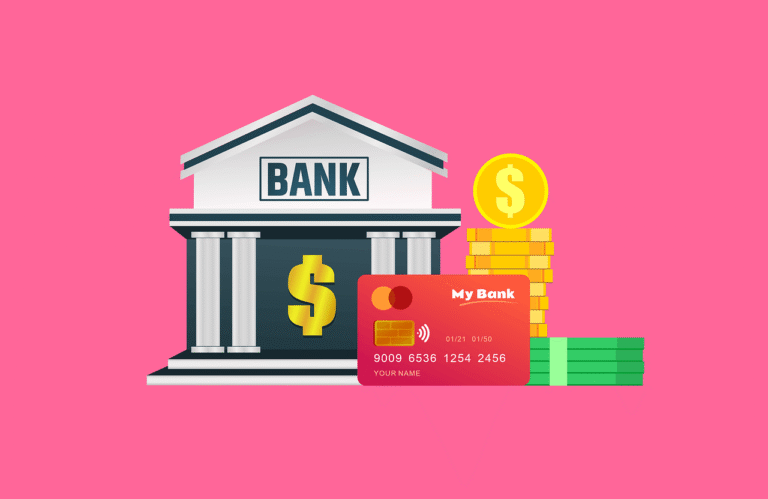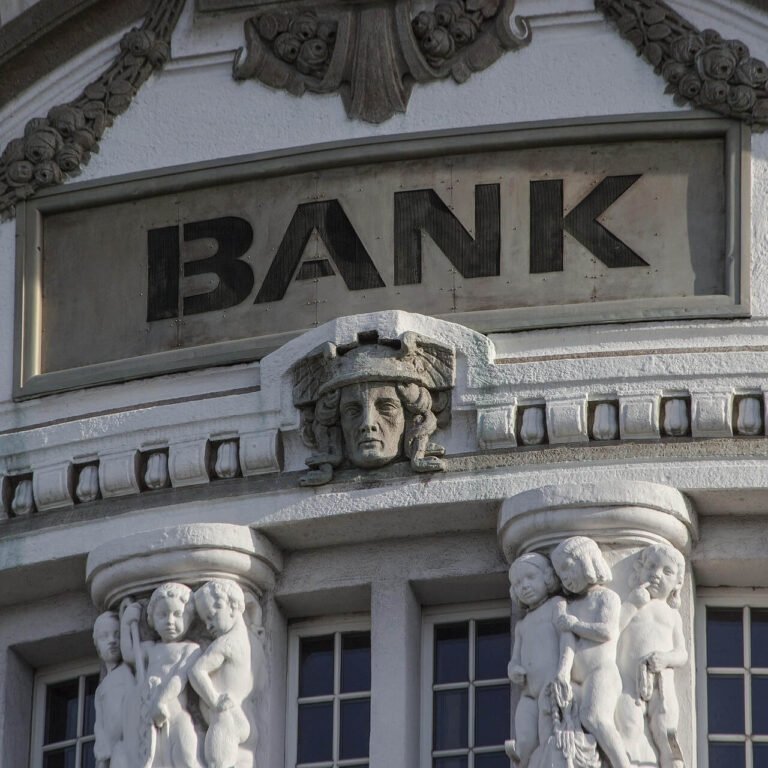Pros and Cons of Opening a High Yield Savings Account: Your friend just told you she’s earning over $200 a year in interest on her savings account.
Meanwhile, you’re looking at your own statement and seeing maybe $15 for the entire year. What’s the difference? She switched to a high yield savings account, and now you’re wondering if you should do the same.
High yield savings accounts have become super popular over the past few years, and it’s easy to see why. But like anything involving your money, they come with both benefits and limitations. Before you jump in and open one, let’s look at both sides so you can decide if it makes sense for your situation.
The Pros of Opening a High Yield Savings Account of High Yield Savings Accounts
Here are the benefits of opening a high yield savings account below:
You Earn Way More Interest
It’s difficult to overestimate the impact of this one, which is the major one. As of 2025, some high yield savings accounts continue to pay an annual percentage yield (APY) of about 4.50%, which is about 10–20 times greater than what traditional savings accounts pay.
Let’s put real numbers to this. Say you keep $5,000 in your savings account for a year. With a traditional account paying 0.50%, you’d earn about $25. With a high yield account paying 4.50%, you’d earn around $225. That’s an extra $200 just for parking your money in a different place. Over five years, the difference becomes even more dramatic—we’re talking thousands of dollars in extra earnings.
Your Money Stays Just as Safe
Some people worry that higher returns mean higher risk, but that’s not the case here. High yield savings accounts offer the same FDIC insurance protection as regular savings accounts, covering up to $250,000 per depositor at each bank.
This means your money is backed by the federal government. Even if the bank fails, you get your money back. You’re not investing in stocks or crypto or anything volatile. Your principal stays protected while earning better returns.
Most Don’t Charge Monthly Fees
Opening a savings account at a big traditional bank will likely result in monthly maintenance costs unless you maintain a certain level. Your interest profits can be completely depleted by these costs, which usually range from $5 to $15 per month.
The majority of high-yield savings accounts completely avoid these costs. Online banks don’t have to maintain costly branch networks, thus their overhead expenses are reduced. These savings are transferred to you in the form of increased interest rates and no monthly fees that reduce your balance.
You Can Start With Any Amount
Traditional savings accounts often require you to deposit $100, $300, or even $500 just to open the account. Then they might require you to maintain that minimum balance to earn interest or avoid fees.
High yield accounts are usually much more flexible. Many let you open an account with $1 or even $0. You earn the advertised interest rate regardless of your balance. This makes them accessible to people just starting their savings journey.
Compound Interest Works Better
Every savings account offers compound interest, but it matters way more when your interest rate is higher. The power of compound interest means the sooner you start with a high yield account, the bigger the impact over time.
When you earn 4% instead of 0.5%, the interest you make each month is significantly larger. That interest gets added to your balance and starts earning its own interest. This snowball effect accelerates much faster with higher rates, helping you reach your savings goals quicker.
Access to Modern Banking Tools
Generally speaking, online banks that provide high yield accounts have top-notch mobile applications and web platforms. From a single location, you can follow your progress, deposit checks, transfer money, and check your balance.
In addition, a lot of these institutions include helpful features like goal tracking, automatic savings tools, and expenditure analysis. The technology is typically more modern and easier to use than that of traditional banks that have been using the same systems for many years.
Customer Service Often Available 24/7
Think customer service means branch hours? Online banks flip that script. Many provide phone support, chat, and email help around the clock. Got a question at 11 PM on a Sunday? You can usually get it answered.
This can actually be more convenient than traditional banks where you’re limited to business hours. No taking time off work to visit a branch or sitting on hold during lunch breaks.

The Cons of High Yield Savings Accounts
Here are some of the drawbacks of having high yield savings accounts below:
No Physical Branches to Visit
This is probably the biggest adjustment for people switching from traditional banks. Online banks don’t have locations you can walk into. Everything happens through your computer or phone.
If you’re someone who likes talking to a banker face-to-face, handling cash regularly, or just feels more comfortable with a physical building you can visit, this setup might not work for you. There’s no popping into a branch on your lunch break to discuss your account.
Getting Your Money Takes Time
Need cash right now? With a high yield savings account, you can’t just withdraw it instantly. You’ll need to transfer money to your checking account first, and that typically takes one to three business days to process.
This delay isn’t a huge deal for most people since savings accounts are meant for money you don’t need immediately. But if emergencies come up where you need cash that same day, you’ll need to plan ahead or keep some money elsewhere for quick access.
Interest Rates Can Drop
Here’s something important to understand: the rates on high yield savings accounts aren’t locked in. Banks can adjust them at any time, and they usually do when the Federal Reserve changes its benchmark rates.
If you open an account today at 5% APY, it might drop to 4% next month or 3% in six months. As the Federal Reserve lowers rates, consumers can expect to see the interest rates on most high yield savings accounts decline as well. You’re not guaranteed to earn the advertised rate forever.
Withdrawal Limits May Apply
While federal Regulation D was suspended during the pandemic, some banks still limit how many transfers or withdrawals you can make from savings accounts each month. These limits typically range from six to ten transactions per month.
If you exceed the limit, you might face fees, or the bank could convert your account to a checking account. This isn’t usually a problem since savings accounts are meant for storing money, not frequent transactions, but it’s something to be aware of.
You Need to Be Tech Comfortable
Managing a high yield savings account requires using apps, websites, and digital tools. If you struggle with technology or don’t have reliable internet access, this can be frustrating.
Everything from opening the account to depositing checks to transferring money happens online. There’s no banker to walk you through the process in person. You need to be comfortable navigating digital banking on your own or with only phone support.
Linking Accounts Takes Extra Steps
To move money in and out of your high yield savings account, you need to link it to a checking account at another bank. This linking process requires providing account and routing numbers, waiting for verification deposits, and confirming those amounts.
It’s not complicated, but it adds an extra layer compared to having all your accounts at one bank where transfers happen instantly. Some people find managing accounts at multiple banks annoying, even though it only takes a few minutes to set up.
May Miss Out on Banking Relationships
When you have multiple accounts at one bank—checking, savings, credit card, maybe a mortgage—you sometimes get relationship perks. These might include fee waivers, rate discounts, or special customer service.
Also read more on:
- High-yield savings account calculator
- What Is a High Yield Savings Account and How Does It Work?
- How Interest Is Calculated on High Yield Savings Accounts
By splitting your banking between a traditional checking account and an online high yield savings account, you lose that consolidated relationship. For most people, the higher interest rates more than make up for any lost perks, but it’s worth considering.
Tax Season Becomes Slightly More Complex
You’ll pay taxes on the interest you earn from high yield accounts just like any other savings account. But because you’re earning more interest, you might cross the $10 threshold where banks are required to send you a 1099-INT form.
This isn’t necessarily a con—you should pay taxes on your earnings anyway, but it does mean one more form to deal with at tax time. The interest counts as ordinary income and gets taxed at your regular rate.
Who Benefits Most From High Yield Savings Accounts
High yield accounts make the most sense for people building emergency funds, saving for specific goals, or parking money they don’t need immediate access to. If you’re comfortable with online banking and can wait a day or two for transfers, the higher returns are worth the minor inconveniences.
They’re also great for people who want to avoid monthly fees, don’t mind the lack of physical branches, and appreciate modern banking technology. Young savers just starting out often find them more accessible than traditional accounts with high minimum requirements.
Who Might Prefer Traditional Options
If you regularly deposit cash, need same-day withdrawals frequently, or strongly prefer in-person banking, traditional savings accounts might suit you better despite the lower interest rates. The convenience factor matters when your lifestyle requires quick cash access.
People who aren’t comfortable with technology or don’t have reliable internet access might also find traditional banks easier to work with. Having a physical location to visit provides peace of mind for some savers that’s worth the trade-off in earnings.
Finding the Right Balance
Here’s a secret: you don’t have to choose just one type of account. Many smart savers keep a smaller traditional savings account at their local bank for quick access while putting the bulk of their savings in a high yield account for better growth.
This hybrid approach gives you the best of both worlds. You maintain some cash you can access immediately while letting most of your savings earn significantly more interest. It takes a few extra minutes to manage two accounts, but the financial benefit usually justifies the minimal effort.
Making Your Decision
Think about your own banking habits and needs. How often do you need quick cash access? Are you comfortable managing money online? Do you visit bank branches regularly or hardly ever? How much money do you plan to keep in savings?
For most people, the benefits of high yield savings accounts outweigh the drawbacks. The interest rate difference is just too significant to ignore, especially when you’re saving thousands of dollars. The minor inconveniences like transfer delays and lack of branches rarely cause real problems in day-to-day life.
That said, personal preference matters. If the thought of not having a physical bank branch stresses you out, that stress might not be worth the extra $200 a year in interest. Choose what helps you sleep better at night while still making smart financial decisions.
Final Thoughts
High yield savings accounts represent one of the smartest, easiest ways to make your money work harder. The combination of better interest rates, no monthly fees, and equal safety makes them appealing for most savers. Yes, you give up physical branches and instant withdrawals, but for money you’re saving anyway, those trade-offs usually don’t matter much.
The key is understanding what you’re getting into. High yield accounts aren’t perfect—they have limitations and quirks. But for building emergency funds, saving for future goals, or just earning more on money that would otherwise sit idle, they’re hard to beat. Now that you know both the upsides and downsides, you can make an informed choice about whether opening one makes sense for your financial situation.



